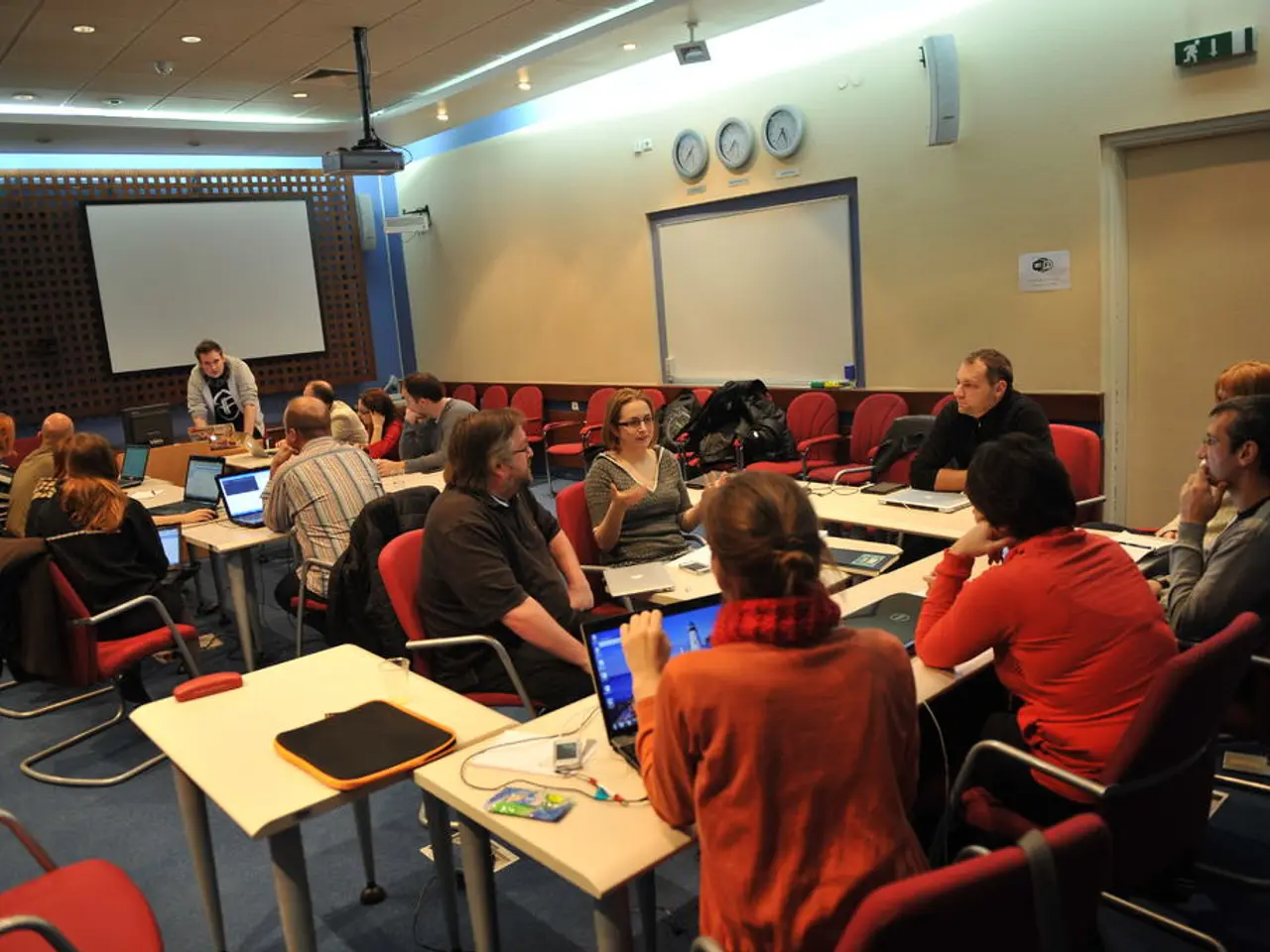Designing Mobile Apps with the User in Mind: A 5-Step Approach
In the realm of mobile device design, a human-centered approach holds a pivotal role. This iterative process prioritizes people, ensuring the creation of mobile experiences that delight users.
The unique and variable contexts of mobile use demand a stronger focus on simplicity, adaptability, and immediacy. Mobile users interact with apps in diverse environments, from busy city streets to dimly lit rooms, often with limited attention. This necessitates a shift in design philosophy, one that accommodates these factors.
Key distinctions in mobile design include a priority on understanding the context of use, where and how users engage with their devices. Mobile design focuses on streamlined, highly focused interactions with minimal cognitive load, contrasting with desktop design, which assumes longer, more stable usage contexts.
Mobile's smaller screens require concise content, larger tap targets, and progressive disclosure of information to avoid overwhelming users. This contrasts with desktop or web where more information can be displayed simultaneously.
Mobile apps must also optimize for varying hardware capabilities and network conditions, emphasizing light assets and fast load times to ensure smooth experiences. Desktop platforms have fewer such constraints.
Mobile UX must consider factors like one-handed use zones, gestures, interruptions, and contextual sensors (GPS, accelerometer) to create adaptive responses. These factors are less relevant to fixed platforms.
Holistic integration across devices is another key distinction. Mobile design particularly emphasizes continuity and context awareness because users switch devices and environments frequently.
Before diving into the design process, it's crucial to conduct research to determine whether users need mobile web content or an app for a product. Reflecting on the context inherent to mobile is an important step in the human-centered design process for mobile.
After understanding the needs, the value proposition is defined and a UX strategy is created to differentiate the value proposition. This process should be based on general human-centered approaches, such as those detailed in courses like Design Thinking: The Ultimate Guide and Design for the 21st Century.
Solutions are then sketched and iterated in the process. A sound, human-centered design methodology should be used to increase the chances of success in mobile design. It's essential to remember that human-centered design is used for mobile user experience (UX) design, just as it is for any other platform.
In summary, human-centered design for mobile UX uniquely emphasizes usability in diverse, dynamic contexts of use by focusing on clarity, simplicity, performance, and responsiveness tailored for constrained screens and interruption-prone environments, distinguishing it from other platform approaches that expect more stable user contexts.
- To ensure mobile apps meet user needs, it's vital to conduct user research as a crucial initial step in the human-centered design process.
- In order to create a delightful user experience, mobile UI design should prioritize simplicity, adaptability, and immediacy, taking into account diverse mobile use contexts.
- Design Thinking courses can provide valuable insights for creating a UX strategy that differentiates the value proposition, essential for mobile design.
- To stand out in the realm of mobile user experience, interaction design should focus on clarity, performance, and responsiveness, tailored for smaller screens and interruption-prone environments, setting it apart from other platform approaches.




